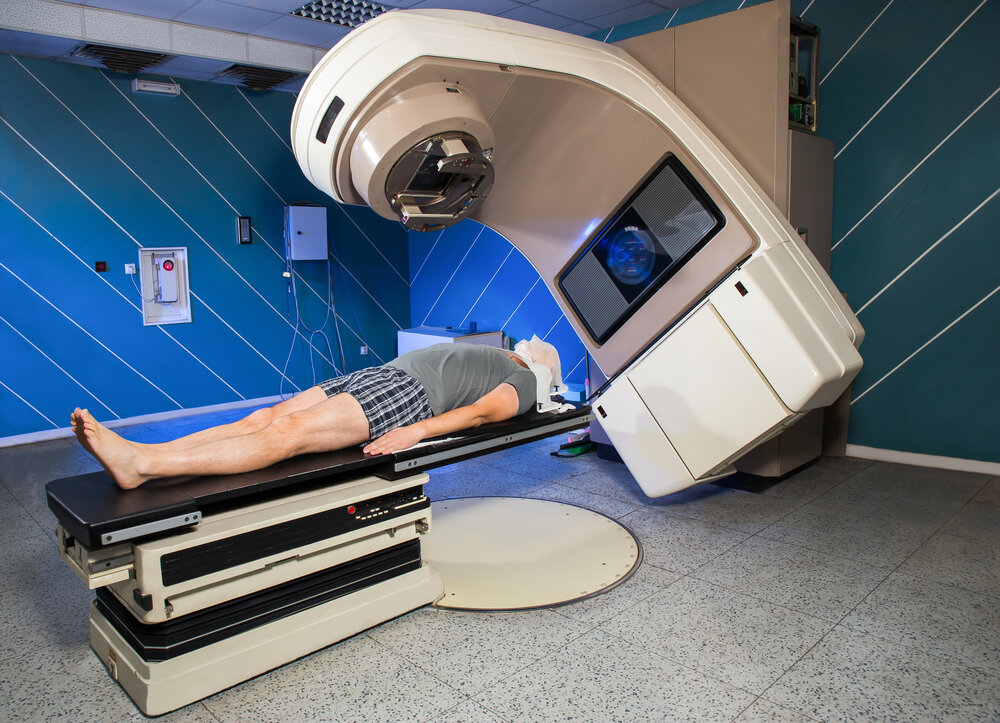Treatment for brain tumors is dependent on a number of factors, including the type, location, size of the tumor, age and overall health of the patient. For both children and adults, treatment methods and plans vary. Brain tumors are treated with the operation, radiation treatment and chemotherapy. The vaccine for recurrent cancer of the central nervous system, especially in the brain called glioma, is also being tested by our physicians.
Many strategies may be used, depending on your needs. Our team is made up of brain tumor specialists and neurosurgeons, surgical oncologists, physicians, nutritionists and social workers working together to provide the best possible care. Prior to treatment anticonvulsant medicine may be given to prevent or control seizures.
If you have hydrocephalus, you may need a shunt to remove your brain fluid. A shunt is a long, thin tube in a ventricle of the brain and threaded into a different part of the body, usually the abdomen, under the skin. It functions as a drainpipe. Excess water is drained from the brain and absorbed into the abdomen. The fluid is drained into the heart in some cases.

Diagnosis
If you are suspected of a brain tumor, your brain tumor specialists can prescribe other tests and procedures, including:
A Neurological Exam
Among other items, a neurological test can include the examination of your sight, hearing, balance, agility, endurance and reflections. Difficulty in one or more areas may offer insights into the part of your brain that may be affected by a brain tumor.
Tests
If your brain tumor is suspected of being caused by cancer spread from another area of your body, your doctor may recommend tests and procedures to determine where it originated. For example, a CT or PET scan could be used to identify signs of lung cancer.
Biopsy
The biopsy can be carried out as part of a brain tumor removal procedure. A stereotactic needle biopsy can be done for brain tumors in areas that are hard to reach or very vulnerable to further operation in your brain. Your neurosurgeon drills a small hole into your skull. A thin needle is inserted in the hole then. A needle is used to remove the tissue, often guided by a CT or MRI scan.
Treatment
Surgery
Surgery for most brain tumors is the standard procedure. In order to remove a brain tumor, a neurosurgeon opens the skull. This procedure is referred to as a craniotomy. The surgeon attempts to remove the whole tumor wherever possible. The tumor will be removed fully without damaging important brain tissue. Partial removal helps alleviate symptoms by reduction of brain pressure and reduces the amount of tumor to be treated with radiation or chemotherapy.
It is not possible to remove some tumors. Your brain tumor specialists may only do a biopsy in such cases. A small piece of the tumor is removed to be examined under a microscope by the doctor to determine its type of cell. It lets you determine which medication you are going to use.
Sometimes a biopsy with a needle is performed. Physicians use a special head brace (such as a halo) and CT scans or MRIs to determine the tumor's precise location. The surgeon makes a small opening in the skull and then directs a tumor needle. This technique is called stereotaxis for biopsy or diagnosis.

Radiation Therapy
Radiation treatment, also known as radiation therapy, uses high-powered rays to destroy and stop cancer cells from developing. It is used for killing existing cancer cells after surgery, or to destroy tumor tissue that is not destroyed by the procedure. Radiation therapy is used when an operation cannot be performed.
Radiation therapy can be performed in two different ways. External radiation is given by a large machine. External radiation treatments are generally given for a few weeks five days a week. The duration of treatment depends on the tumor type and size and age. The total radiation dose over a long period helps to protect healthy tissue in the tumor area.
External radiation may only be targeted to cancer, tissue or the brain as a whole. Radiation is sometimes also directed towards the spinal cord. The patient often receives an additional dose of radiation to the tumor area when the whole brain is treated. This boost can be obtained from external or implant radiation.
Radiation can also come from radioactive material directly in the tumor or from radiation therapy for the implant. The implant can be left in the brain for a short time or indefinitely, depending on the product used. Every day, implants start losing a little radioactivity. The patient spends several days in the hospital when the radiation is involved the most.

Chemotherapy
Chemotherapy involves the use of medicines to kill the cells of cancer. The physician can only use one medication or a mixture, usually giving the medicine orally or inserted in a muscle or blood vessel. Intrathecal chemotherapy includes the injection of medicines into the brain fluid.
Chemotherapy is typically delivered in stages. A recovery period, then another treatment period and so on is followed by a therapy period. Patients do not have to be treated in the hospital often and most medications can be administered in the doctor's office or clinic. Nonetheless, a brief hospital stay may be appropriate depending on the medications used, the way they are administered and the overall health of the patient. Contact Neuroscience Specialists for brain tumor specialists.
**Information presented here is not intended to be qualified medical advice. Nothing expressed herein creates a doctor-patient relationship.

